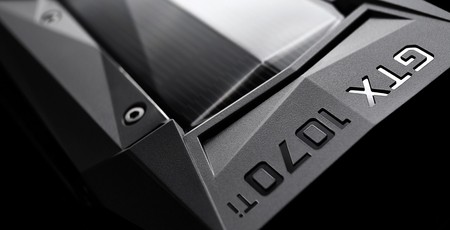
Performance Analysis
We are painfully aware that we need to update our benchmark suite, and we will be doing so very soon – we’re currently waiting for the last few bits to arrive for our new GPU test system. Nonetheless, this is fairly established hardware, so the main aim is to see how it fits into the current stacks.
Across our games on average, the GTX 1070 Ti is on par with the RX Vega 56. Even though Nvidia has a convincing lead in the synthetic tests, AMD claws back ground in each of our DirectX 12 titles, though in DirectX 11 Nvidia is the clear victor. The GTX 1070 Ti is a mere three percent faster than a heavily overclocked GTX 1070, while our overclocked GTX 1080 stays 13 percent ahead on average and the Vega 64 wins by a similar 12 percent.
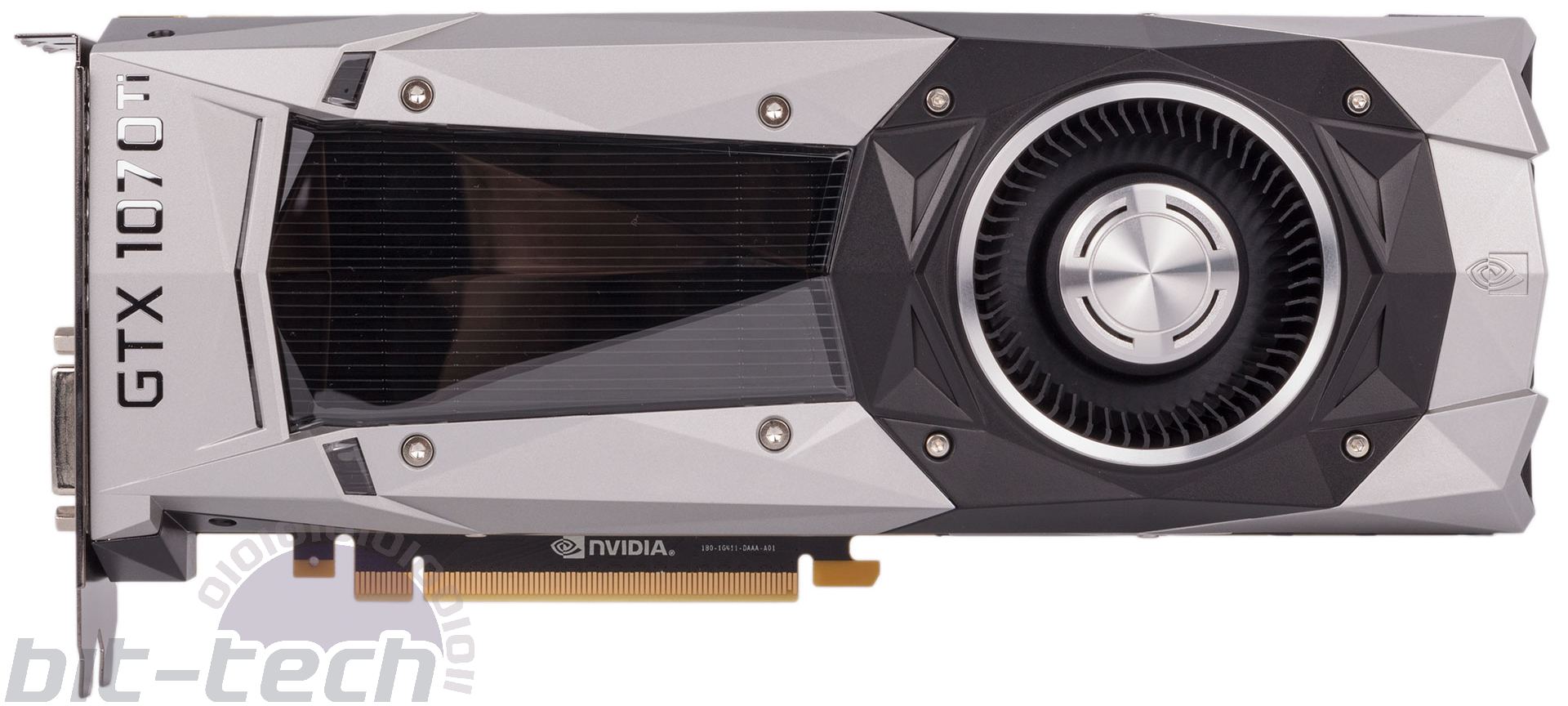
Generally, you can expect this card to tear through games at 1080p and deliver smooth frame rates also at 1440p. For 4K, we wouldn’t recommend it unless you’re happy dropping down to high or maybe even lower settings.
The Founders Edition cooler allows the GPU to run up into the low 80s as usual, and we observed a fan speed of 54 percent (about 2,200 RPM) after prolonged load. At this speed, it was mildly audible but not loud and certainly quieter than the Vega 56 under the same conditions. Nvidia also has AMD beat on power consumption; the GTX 1070 Ti consumed 30W less than the RX Vega 56 in our load test. Note that the heavily overclocked GTX 1070 actually consumes a bit more power than this card too.
With boost speeds when overclocked hitting 2,000MHz but then stabilising to around 1,950MHz as the card warmed up, we were hoping for a little more, but it’s not a bad result, especially as we saw performance improve by up to 13 percent, enough on a few occasions to beat the RX Vega 64 but never quite the overclocked GTX 1080.
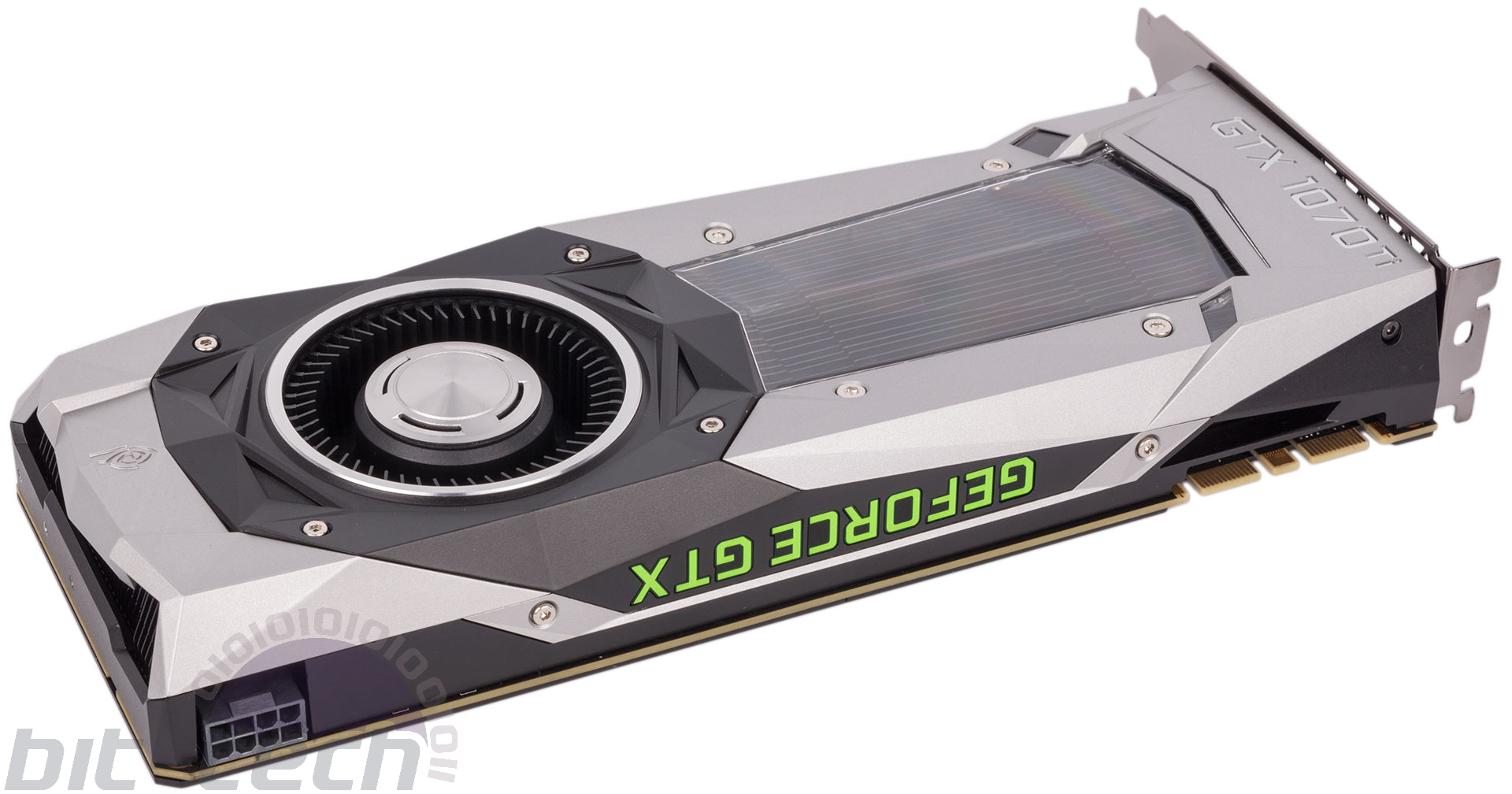
Conclusion
From the moment leaks started to appear, the GTX 1070 Ti was never particularly exciting. As a by the numbers response to the RX Vega 56, it serves its purpose well enough and slots into the market without fuss. In some tests it’s faster, in others it’s slower, and unless you are prioritising a specific game then meaningful performance differences will be rare, although we do prefer AMD for its apparent advantage in DirectX 12, which suggests a better degree of future proofing.
Nvidia retains the crown when it comes to its reference design, with the Founders Edition card being noticeably quieter than the RX Vega 56 stock cooler at similar temperatures and consuming significantly less power. On features that matter most, the two sides are mostly matched thanks to Vega’s updates on this front, although a feather in AMD’s cap is its FreeSync ecosystem, which continues to be considerably less expensive than the Nvidia G-Sync one.
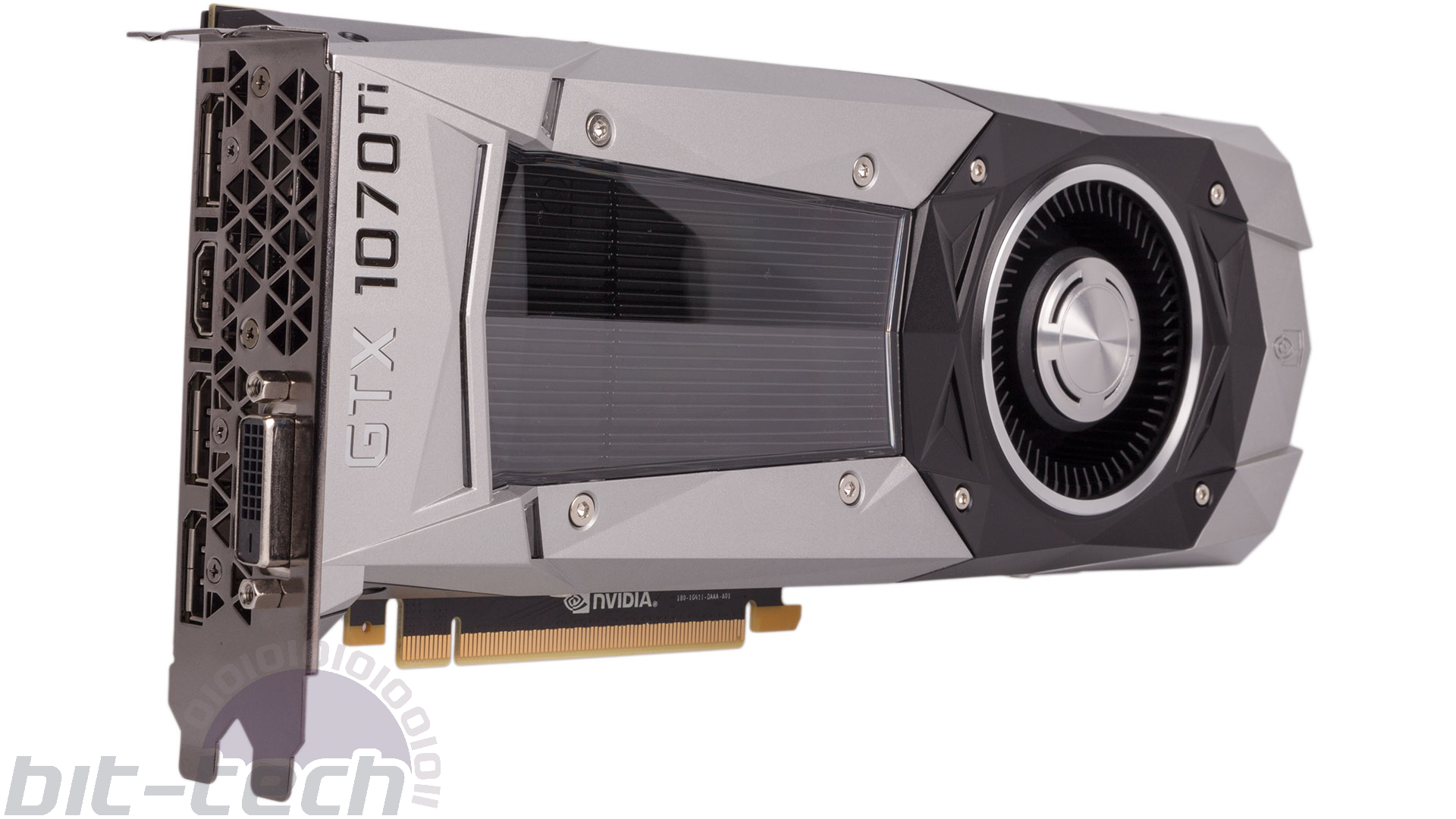
Given the performance, the £419 asking price seems fair enough relative to the GTX 1070 and GTX 1080, and the GTX 1070 Ti hasn’t rendered the GTX 1080 irrelevant like many thought it might. As is common, however, competing cards from the other side have had a convenient price drop in the lead up to this launch, with the RX Vega 56 now being available for £390 and the RX Vega 64 coming in at £455. On a pure price-performance scale, then, we’ll give it to AMD, but Nvidia’s wins in efficiency (including overclocking efficiency), noise, and build quality manage to keep the asking price from feeling extortionate and earn this card its Recommended badge. How long AMD can keep cards in stock and at the current prices also remains to be seen, as history has not been kind on these fronts.
As we said, it’s an unexciting launch, and it’s not a knockout blow by any means, but the GTX 1070 Ti is a decent enough response to the RX Vega 56, and there’s nothing really to prevent us recommending it if this is the sort of budget you’re working with.


MSI MPG Velox 100R Chassis Review
October 14 2021 | 15:04

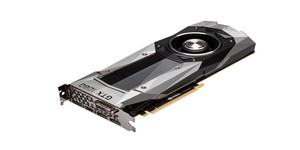
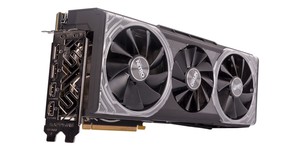





Want to comment? Please log in.